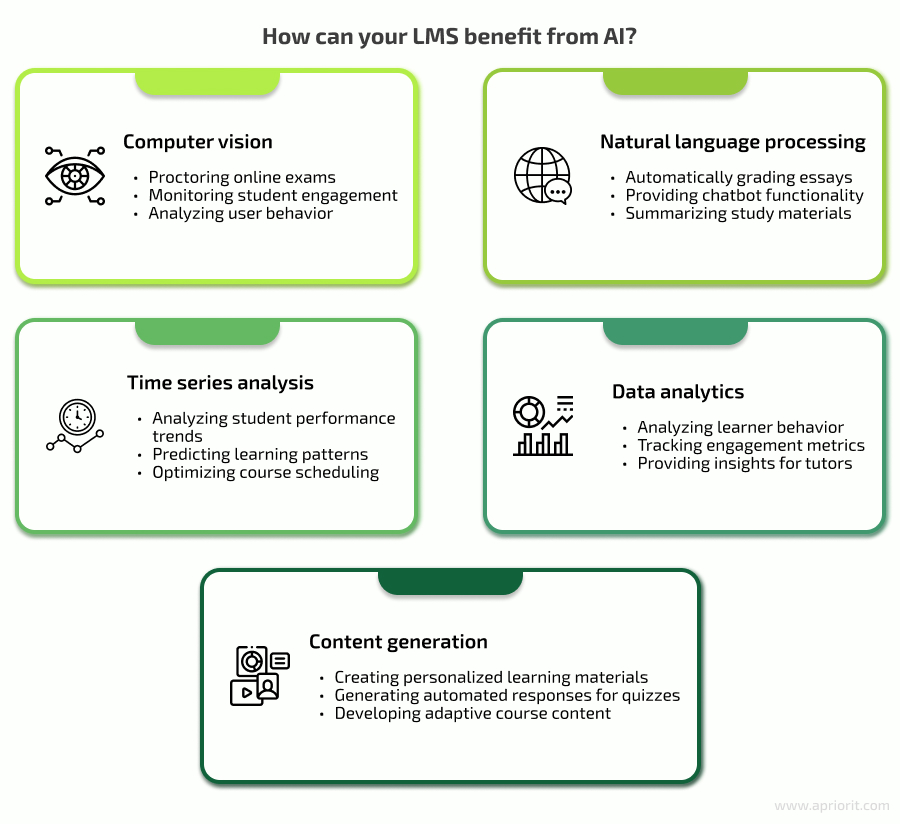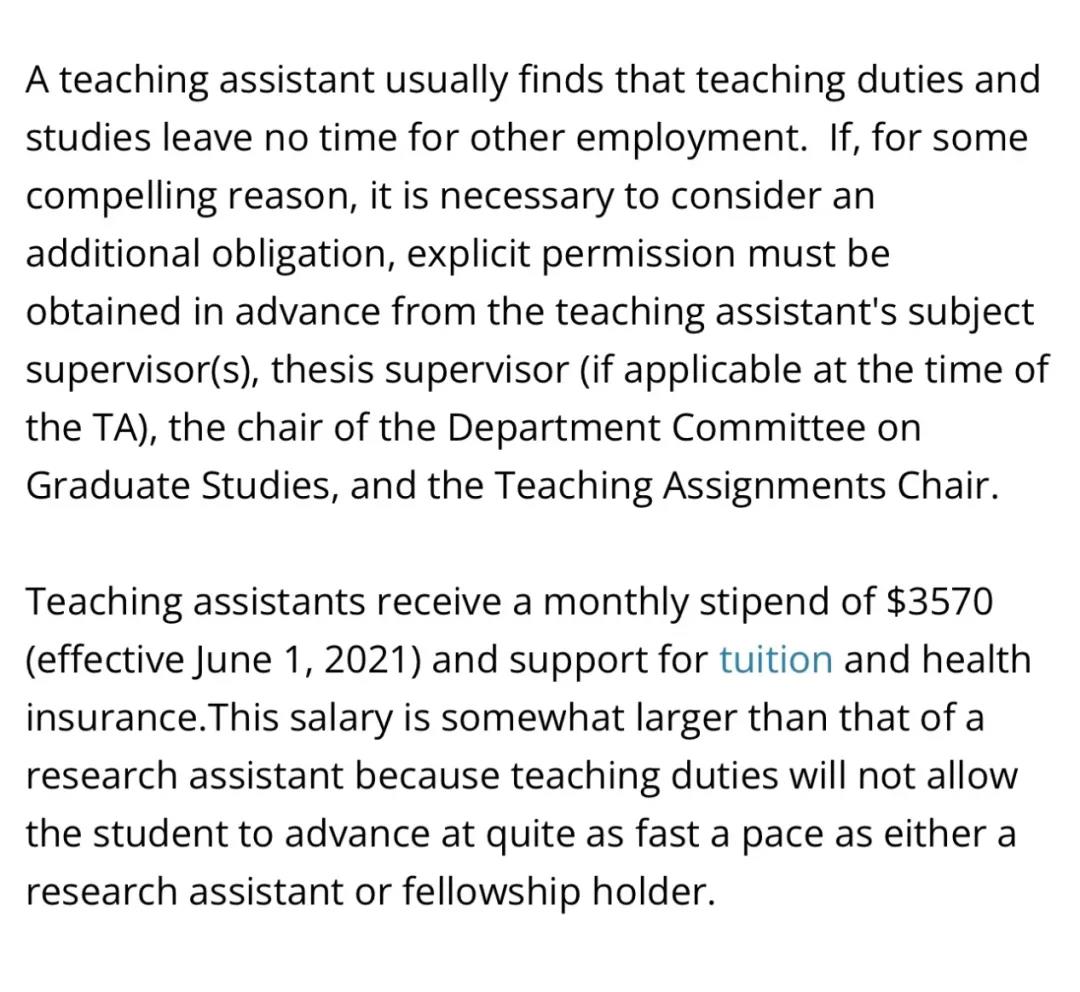Comprehensive Guide to Student Loan Options for Undergraduates: Unlocking Financial Aid Opportunities
### Student Loan Options for UndergraduatesWhen it comes to financing your college education, understanding the various **student loan options for undergrad……
### Student Loan Options for Undergraduates
When it comes to financing your college education, understanding the various **student loan options for undergraduates** is crucial. With the rising cost of tuition and living expenses, many students find themselves in need of financial assistance to pursue their academic goals. This guide will explore the different types of student loans available, helping you make informed decisions about funding your education.
#### Types of Student Loans
There are primarily two types of student loans available to undergraduates: federal loans and private loans. Each type has its own set of features, benefits, and repayment options.
##### Federal Student Loans
Federal student loans are funded by the government and typically offer lower interest rates and more flexible repayment options compared to private loans. The main types of federal loans available to undergraduates include:

1. **Direct Subsidized Loans**: These loans are available to students who demonstrate financial need. The government pays the interest while you are in school at least half-time, during the grace period, and during deferment periods.
2. **Direct Unsubsidized Loans**: Unlike subsidized loans, these are available to all students regardless of financial need. Interest accrues while you are in school, but you can choose to pay it off while studying or allow it to accumulate.
3. **Direct PLUS Loans**: These loans are available to graduate students and parents of dependent undergraduate students. They can cover the full cost of education minus any other financial aid received. However, they require a credit check and typically have higher interest rates.
##### Private Student Loans
Private student loans are offered by banks, credit unions, and other financial institutions. These loans can help bridge the gap between federal loans and the total cost of education. However, they often come with higher interest rates and less flexible repayment options. When considering private loans, it’s important to shop around and compare terms, interest rates, and repayment plans.

#### Choosing the Right Loan
When selecting from the **student loan options for undergraduates**, consider the following factors:
1. **Interest Rates**: Federal loans offer fixed interest rates, while private loans can have variable rates that change over time. Ensure you understand the long-term cost of borrowing.
2. **Repayment Terms**: Federal loans typically offer more flexible repayment plans, including income-driven repayment options. Private loans may have stricter terms, so it's essential to review these before borrowing.
3. **Loan Forgiveness Options**: Some federal loans may qualify for forgiveness programs, especially for those entering public service careers. Research these options if you plan to work in qualifying fields.

4. **Credit Requirements**: Federal loans do not require a credit check, while private loans often do. If you have limited or poor credit history, federal loans may be the better option.
#### Conclusion
Navigating the landscape of **student loan options for undergraduates** can be daunting, but understanding the differences between federal and private loans can empower you to make the best financial decisions for your education. Always exhaust federal loan options first before considering private loans, and remember to factor in your long-term financial goals when borrowing. With careful planning and informed choices, you can successfully fund your undergraduate education and pave the way for a bright future.